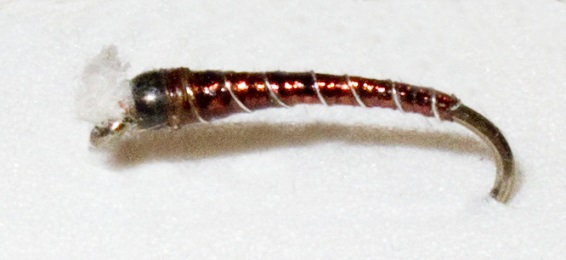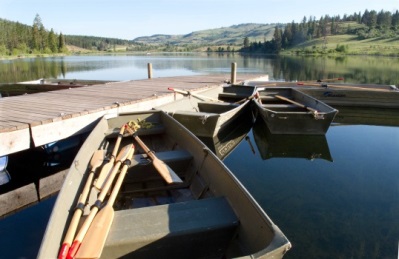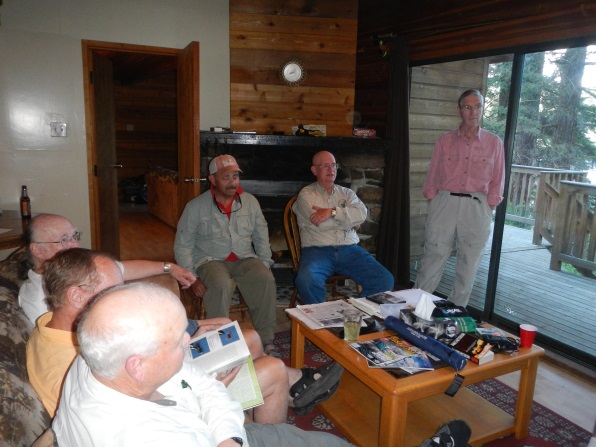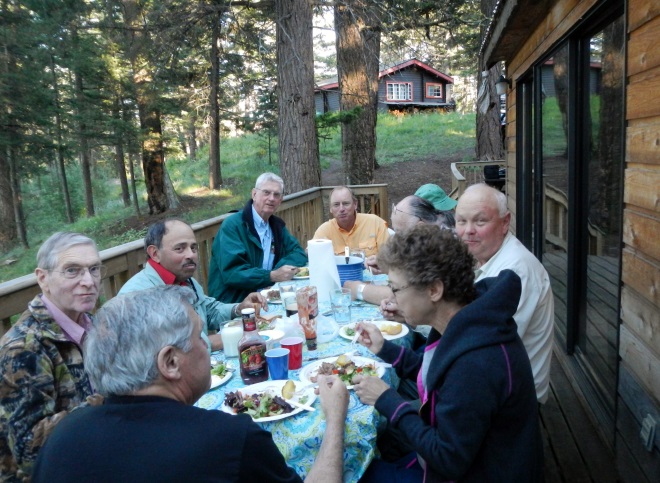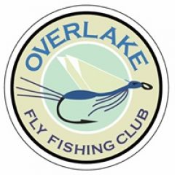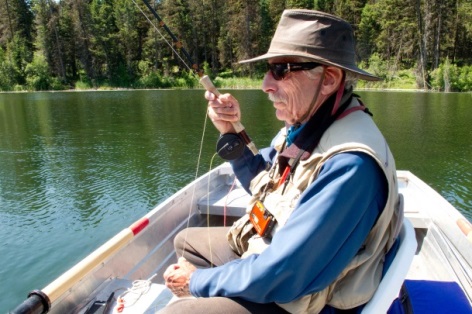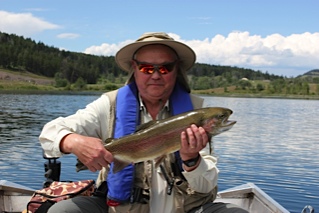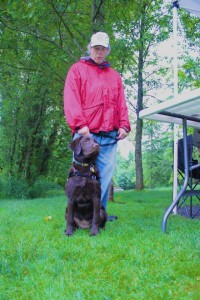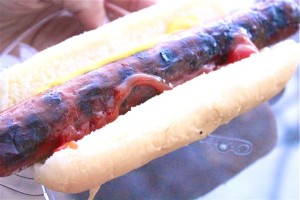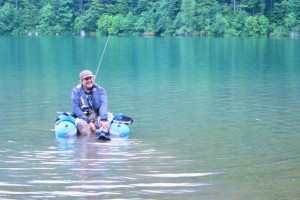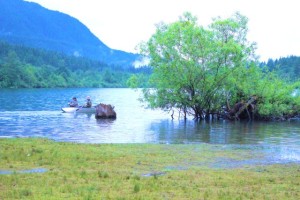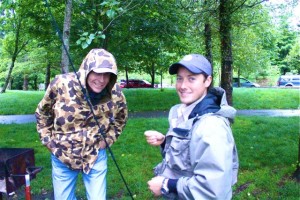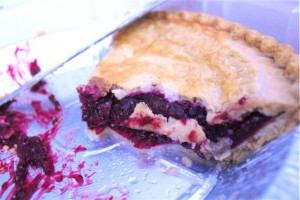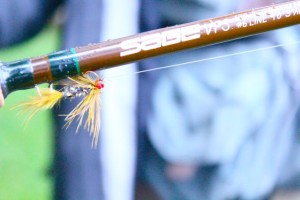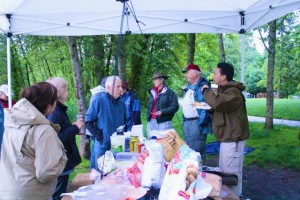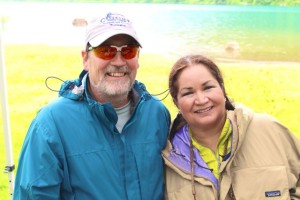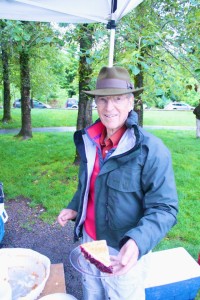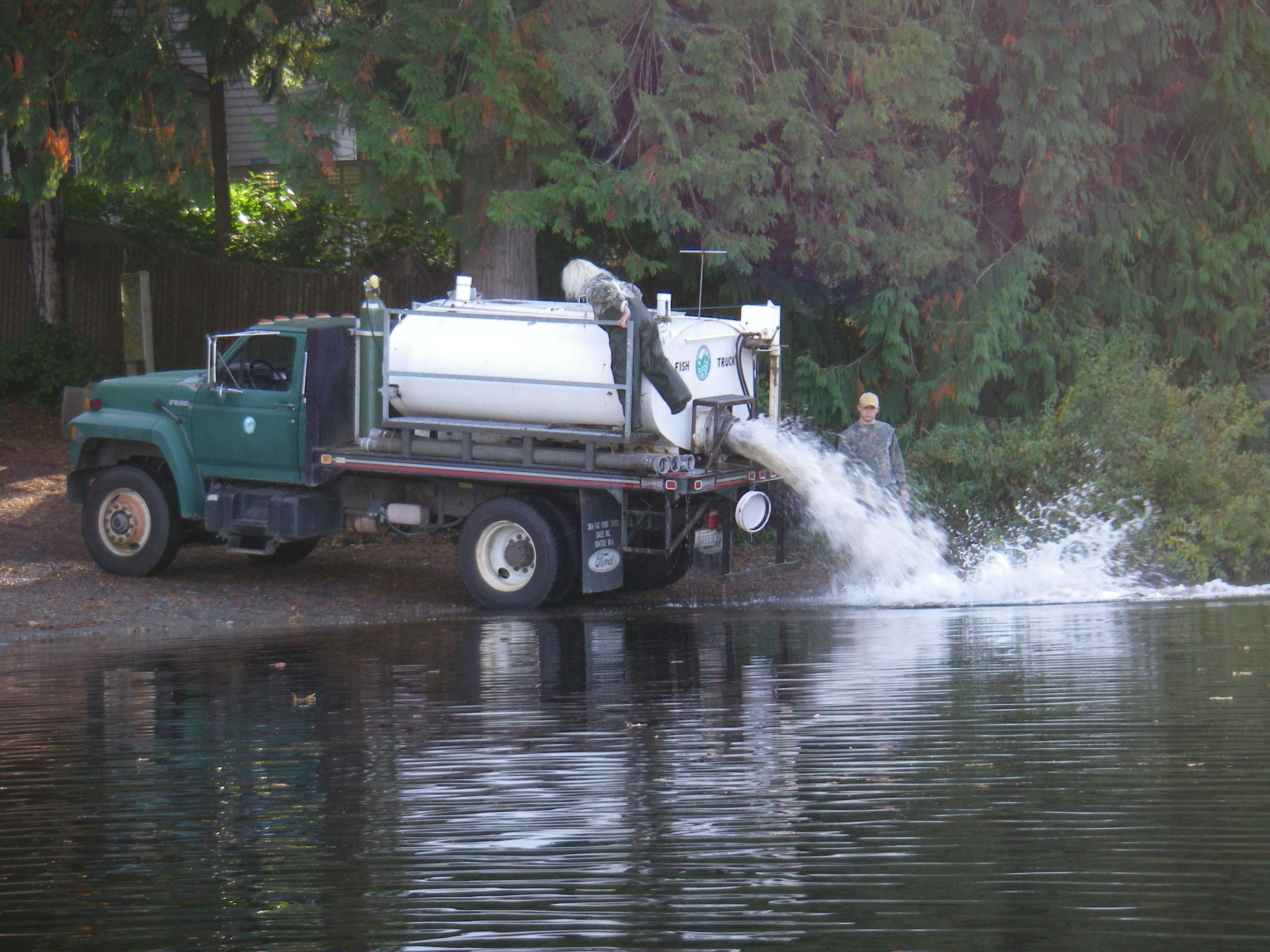Corbett Lake Outing Report
July 5-9, 2013
by Ed Kane
The Corbett Lake outing this year was characterized by pleasant environment & surroundings, great fishing companions, excellent meals, quality research and above average fishing, catching & releasing. Thanks to Ron Miller’s suggestion, we all caravanned up to the lake on July 5th to find pleasant weather and spectacular scenery. We stayed in two large adjoining cabins with an interconnecting door so socialization was maximized each day. The view from the cabin balcony and some pictures of the lake are below. We also noticed a new sign on one of the points so we had its namesake pose next to the sign for the record.
The first evening we had dinner in the lodge where they prepared a prime rib dinner with all the trimmings. The food was excellent and we really enjoyed each other’s company during the meal. The remainder of the meals was prepared in the cabins by the participants and it must be said that these were equally excellent. Each meal was preceded by relaxing in the lounge area of one of the cabins and sharing fishing stories. We ate on the deck each night and it was breezy enough that the mosquitoes weren’t much of a problem. The main dishes consisted of elk meat loaf, beef bourguignon and spaghetti with meat sauce. Each meal included salad and dessert. No one walked away hungry!
We basically had the lake to ourselves for most of the week-end. However there were several Canadian fishers that seemed to have this lake dialed in. Each day they would go out to the drop-offs, anchor up and fish chironomids. It seemed that they were hooking a fish about every 5 minutes. Naturally we were curious about how they were doing that. Several of us asked them for more information, but they were not very helpful. A fish broke off one of their entire rigs and the next day Dave Nielson found it floating in the lake. It was everything from the indicator to the fly. He coiled up the whole thing and brought it in for us to look at. The fly was a size 14 root beer colored chironomid with a black tungsten bead head and a tuft of white fir just above the head. Dave and Bill LaFever set about getting a good photo of the fly (below) and I made an attempt to untangle the leader so that we could measure it’s length. I got Ron Miller to help me with the untangling project and we found out that it was about 20 feet from the indicator to the fly and tapered from about 3X at the butt to around 5X at the fly.
We caught fish using all the usual techniques, trolling, casting & retrieving, casting dry flies to rising fish, and chronomiding. Bill LaFever, Dave and I spent the morning of the last day trying out what we had learned from the analysis of the retrieved Canadian rig. I caught one, Bill caught several fish and Dave caught at least one. The research was a success, thanks to Dave. Following are some other catches and releases from our 4 days of fishing.
All in all, it was a great outing and we really enjoyed it. I’ve booked the same two cabins for July 5th through the 9th for next year.
Hopefully we’ll see you there,
Ed Kane
